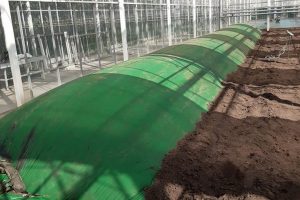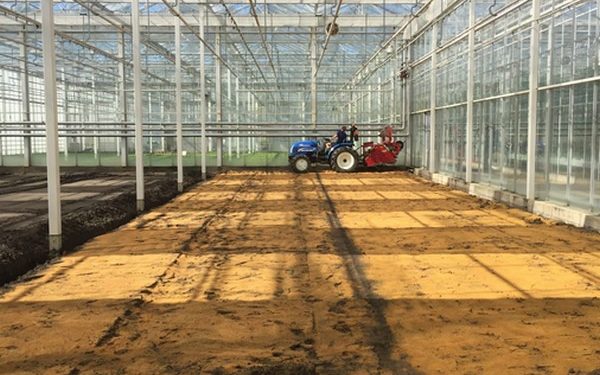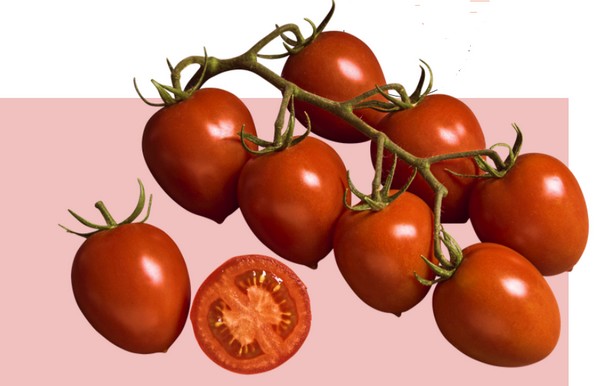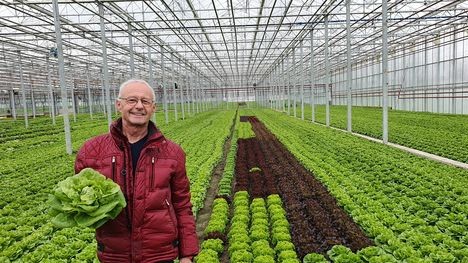As concerns over soil-borne pathogens intensify and regulatory restrictions on chemical soil fumigants increase, the agricultural sector is seeking viable alternatives to traditional soil disinfection methods. The AltChem project, conducted by Belgium’s Proefstation voor de Groenteteelt, has explored several sustainable options to mitigate disease pressure in crops such as lettuce, corn salad, and chicory. Running from June 2020 to May 2024, the project aimed to identify and evaluate four alternative soil disinfection techniques.
1. Steaming
Steaming involves heating the soil to kill pathogens. The method requires reaching temperatures of 70°C (75°C for specific pathogens like Fusarium oxysporum f.sp. lactucae) and maintaining these temperatures throughout the soil profile. While effective, achieving consistent high temperatures at depth poses challenges. The project tested various steaming techniques:
- Sail Steaming: A tarpaulin is used to trap steam, allowing it to penetrate the soil. This method typically requires six to eight hours and is influenced by the pressure applied.
- Steaming under Pressure: By using a fan to draw steam through the soil, this technique shortens the steaming duration to about four hours, though it necessitates proper drainage systems.
- Low-Pressure Steaming: This approach involves localized steaming at lower pressures, which can be effective for treating weeds but is less reliable for pathogen control due to uneven temperature distribution.
2. Anaerobic Soil Disinfection
Anaerobic soil disinfection leverages the lack of oxygen to foster fermentation by anaerobic bacteria, which produce substances lethal to many organisms. Implemented by incorporating organic material and sealing the soil with a TIF film, this method requires about six weeks and significant labor. While it showed promise in controlling weeds, it proved less effective against pathogens like Phytophthora and Fusarium oxysporum f.sp. lactucae in larger field trials. The method’s efficacy varies with soil conditions and nitrogen release post-treatment.
3. Biofumigation
Biofumigation utilizes the natural defense mechanisms of certain plants, primarily Brassica species, to produce gases that control soil-borne pathogens. Fresh or dried plant material, such as mustard or fodder radish, can be used. While this method demonstrates potential, particularly with dried material, further research is needed to establish its practical application and legal status. The duration of coverage is crucial, and practical challenges include quick incorporation and coverage.
4. (Bio)solarisation
Solarisation involves using solar energy to heat the soil through translucent foil or by adding organic material to enhance heat generation (bio-solarisation). This method, which takes around six weeks, depends heavily on weather conditions and cannot achieve high temperatures (maximum 45-50°C). It has limited efficacy in controlling high disease pressure but can contribute to soil disinfection when combined with other methods.
Biological Control Organisms (BCOs)
The project also evaluated biological control organisms (BCOs), including Trichoderma and Pythium oligandrum. Although BCOs are recognized for their potential in crop protection, the study found that their impact on soil-borne pathogens was minimal compared to traditional methods. Monitoring techniques, such as qPCR, were developed to track BCO levels, but their practical effectiveness in pathogen control remains inconclusive.











